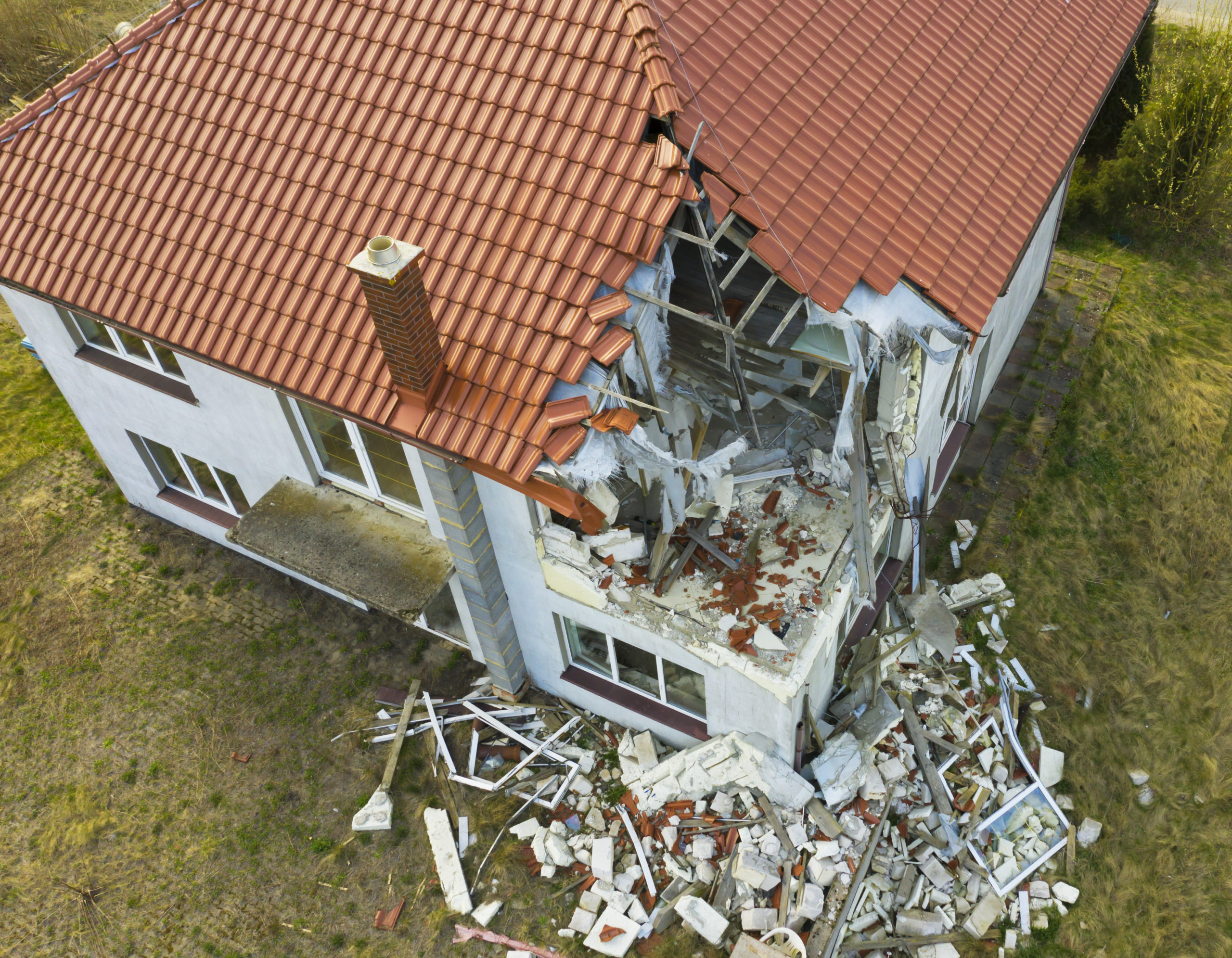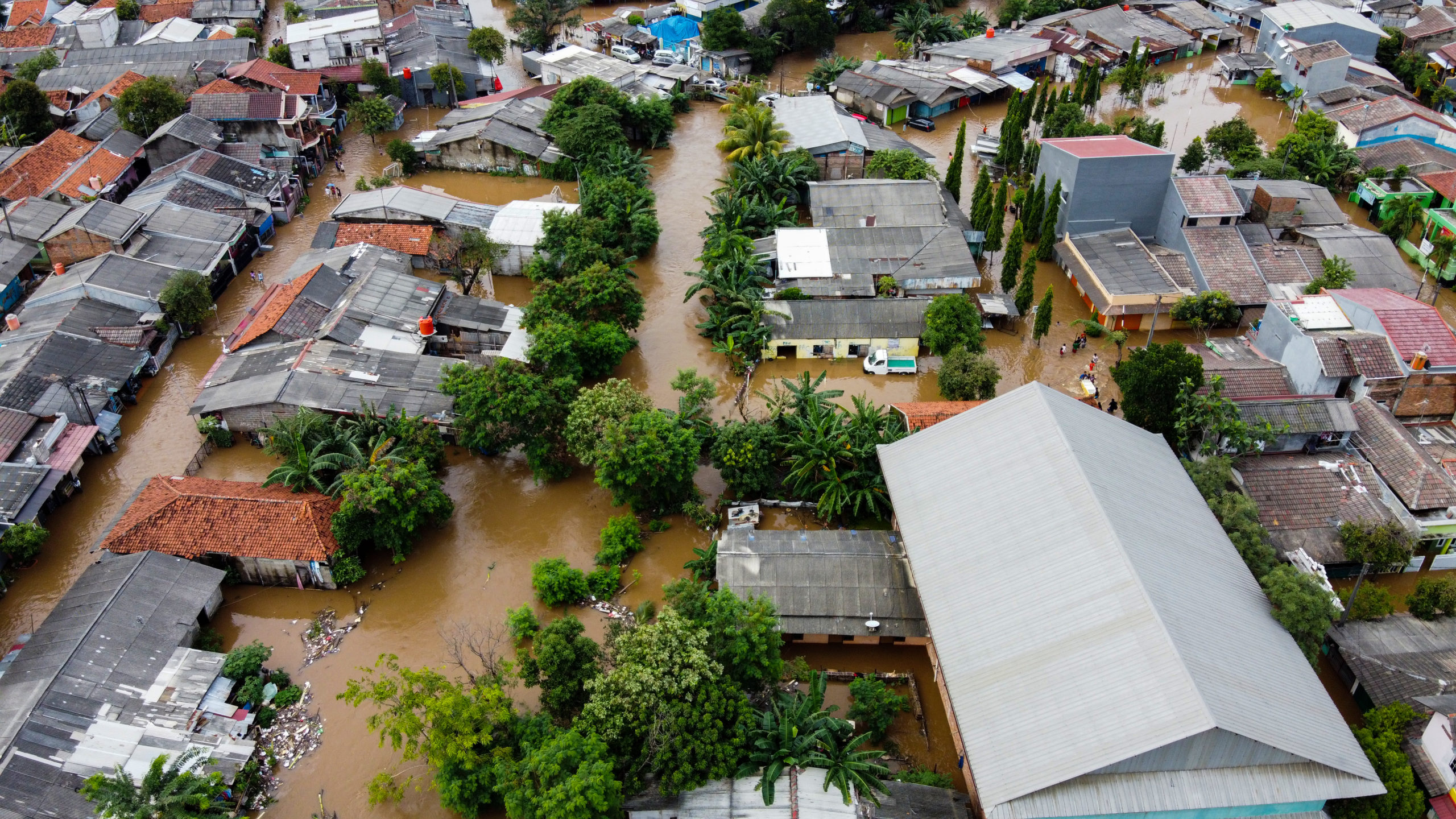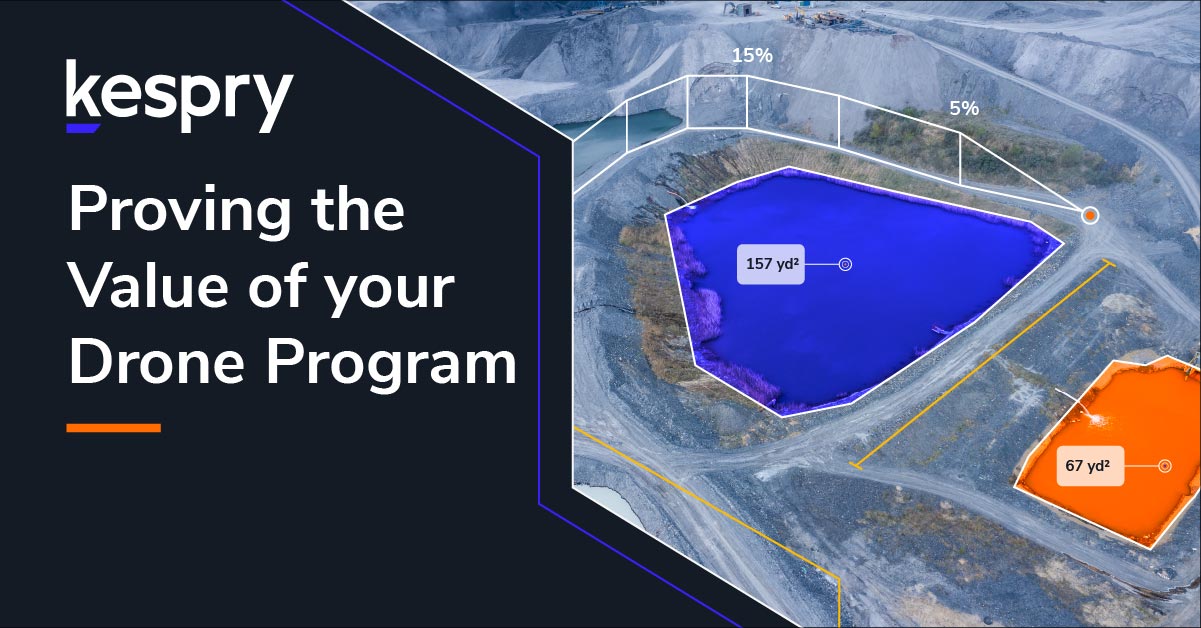In our last blog post, we discussed how drones are revolutionizing Smart Inspections for claims adjusters after a hurricane passes through affected communities. Flooding, unsafe work conditions, and debris can make inspections incredibly challenging and dangerous. However, thanks to drone technology powered by AI, claims adjusters are able to prepare for inspections, fly a drone autonomously to collect data, and then have the data from the drone processed within minutes in the Cloud.
Smart Inspections apply to all types of storms and natural disasters, not just hurricanes. Tornadoes, blizzards, and wildfires each bring unique challenges to assessing roof damage — insurance agencies deal with a wide array of claims caused by hail, excessive water, impact, and wind due to extreme weather.
As extreme storms and weather across the U.S. continue to exhaust the insurance industry, Kespry offers innovative solutions for claims adjusters to quickly solve problems.
Tornadoes
According to data from National Oceanic and Atmospheric Administration (NOAA), there were 784 tornadoes across the U.S. in 2021 already, with damages totaling over $1 billion — a year-round overhaul for nationwide insurance agencies looking to quickly settle claims. For claims adjusters, inspecting for possible impact, hail, and wind damage quickly becomes a priority on the scene; however, extreme debris and structural uncertainty can slow this down, creating an unsafe working environment.
Similar to hurricanes, Smart Inspections can act as a lifeline in this situation. When assessing damages for tornadoes, claims inspectors can use information from the autonomous drones to make an assessment safely, without risk of injury, such as the following:
- Was damage caused by hail, wind, or impact?
- Is the roof in a stable condition?
- What areas of the roof have more damage than others?
- Which areas of the roof will need to be replaced?
Hail
Although hail can be a result of extreme weather such as tornadoes, some regions in the U.S. (such as the Midwest) have to deal with it as a standalone threat to their property. Similar to the regional and seasonal aspects of hurricanes, insurance agencies can put plans in place to help prepare. Steps for a smart inspections hail plan can include:
- FAA Part 107 licensing
- Hail specific resources on assessing images
- Courses on data gathering for insurance
- Safety courses to ensure no accidents on the scene
For claims adjusters, hail can be difficult to assess. However, with the right plan in place and with the help of drone technology, claims can be processed faster and more accurately.
Snowstorms and extreme water damage
Time is critical when it comes to water damage, as homes run the risk of mold, mildew, and potential structural damage. Snowstorms and hurricanes pose the largest threat to this kind of damage — an issue facing many regions during different seasons throughout the year. The benefit Smart Inspections have to claims adjusters when surveying this type of damage is the speed drone technology brings to the inspection process. Drones can provide accurate and detailed reports of the damage in minutes and send the data to the cloud where it can be accessed by all team members so that quick decisions can be made on the spot.
Roofs across the U.S. are affected by wind, water, and impact damage year-round due to the ever-changing natural environment. Even though the volume of claims keeps increasing, insurance agencies across the U.S. are still keeping up and tackling every type of extreme weather head-on with Kespry and our drone-based Aerial Intelligence platform. If you’d like to learn more please reach out to us for a demo here.



